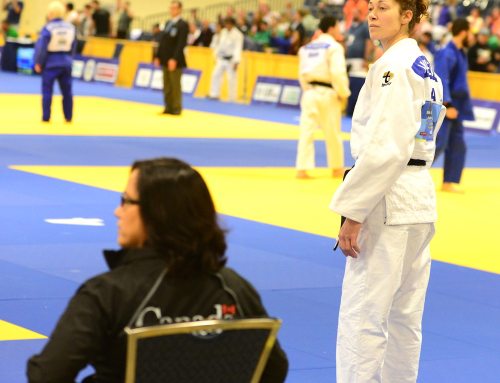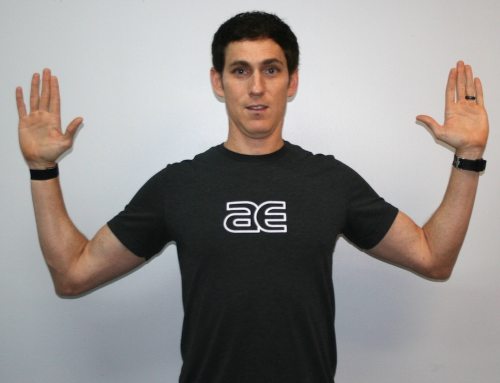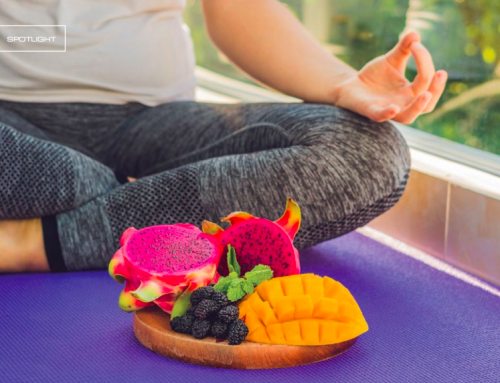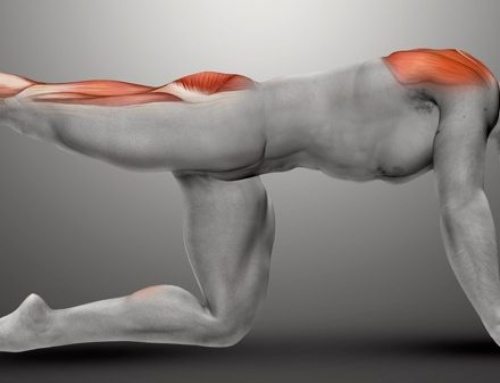Triathlon Training 101
Now that you are registered for the race, your most likely inclination is to start training right away. Before you do so, it’s always a good idea to get the go-ahead from your physician. Also, take some time to make an honest assessment of your current level of conditioning. Before you can move forward with your fitness, it’s a good idea to first take stock of where you are now and what type of condition you feel you are in at the outset. Lastly, find ways to train with others. This will help you to learn, stay inspired, as well as keep you honest on those days when you may be feeling a bit lazy.
Despite the fact that you know your training “destination,” you still need a road map to get you there. Following a training plan is perhaps THE best way to ensure a positive training experience and therefore a successful race day as well. You can download the official Ramblin’ Rose training plan from the Training section of the Ramblin’ Rose website. This plan, designed by certified triathlon coaches Monette Williams and Sage Rountree, is extremely reasonable and well designed. Keep in mind that no training plan will fit your schedule perfectly, but try to follow it the best you can. You’ll be glad you did!
Now for some basic training rules of thumb. First and foremost, understand that exercise is a stressor. It is during rest that you gain fitness. Give yourself at least 1 full day of complete rest every week. Secondly, try to stay comfortable and train mostly at a “conversational pace.” Your goal is to finish, which requires you to train your aerobic energy system first and foremost. Next, limit your running to no more than 3 sessions a week. Also, do your best not to run on consecutive days. Train with the right gear, particularly a safe bike, a certified helmet, and appropriate running shoes. Spend ample time focusing on improving technique, which for novices is arguably just as important as working on conditioning. This can be done by practicing drills. Lastly, listen to your body. Be smart about when to push yourself and when to back off or risk getting injured.
As you demand more of your body during training, the need to eat a healthy diet becomes that much more important. Try to eat a balanced diet, consisting of 55% mostly complex carbohydrates, 30% fat (mostly unsaturated), and about 15% healthy sources of protein. Don’t feel the immediate need to overhaul your current diet, but start making small changes over time. You’re smart and you know what’s good for you, so do yourself a favor and choose wisely. Properly hydrating yourself, especially during training, is also a must.
Off you go! Time to start training.
Thys





